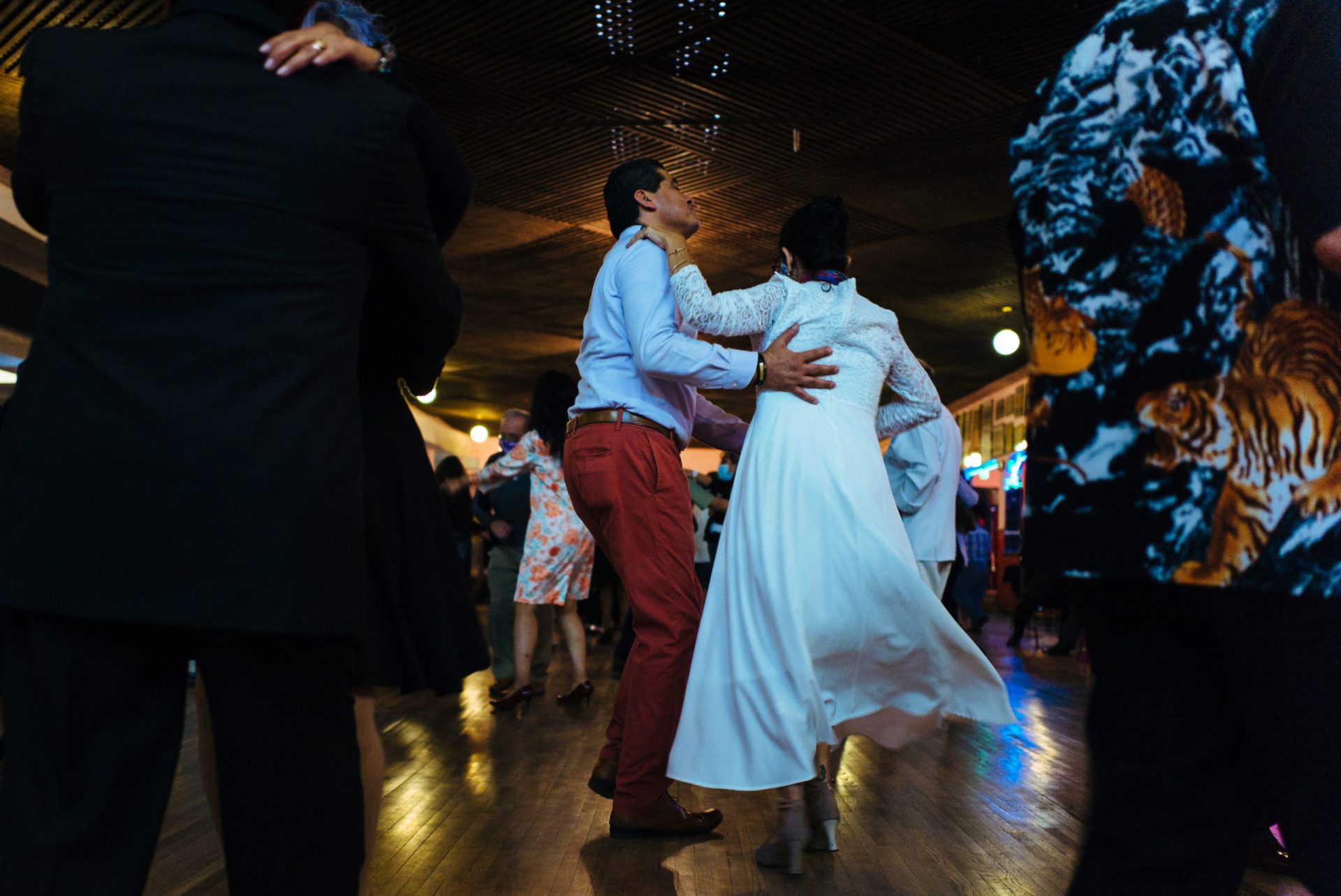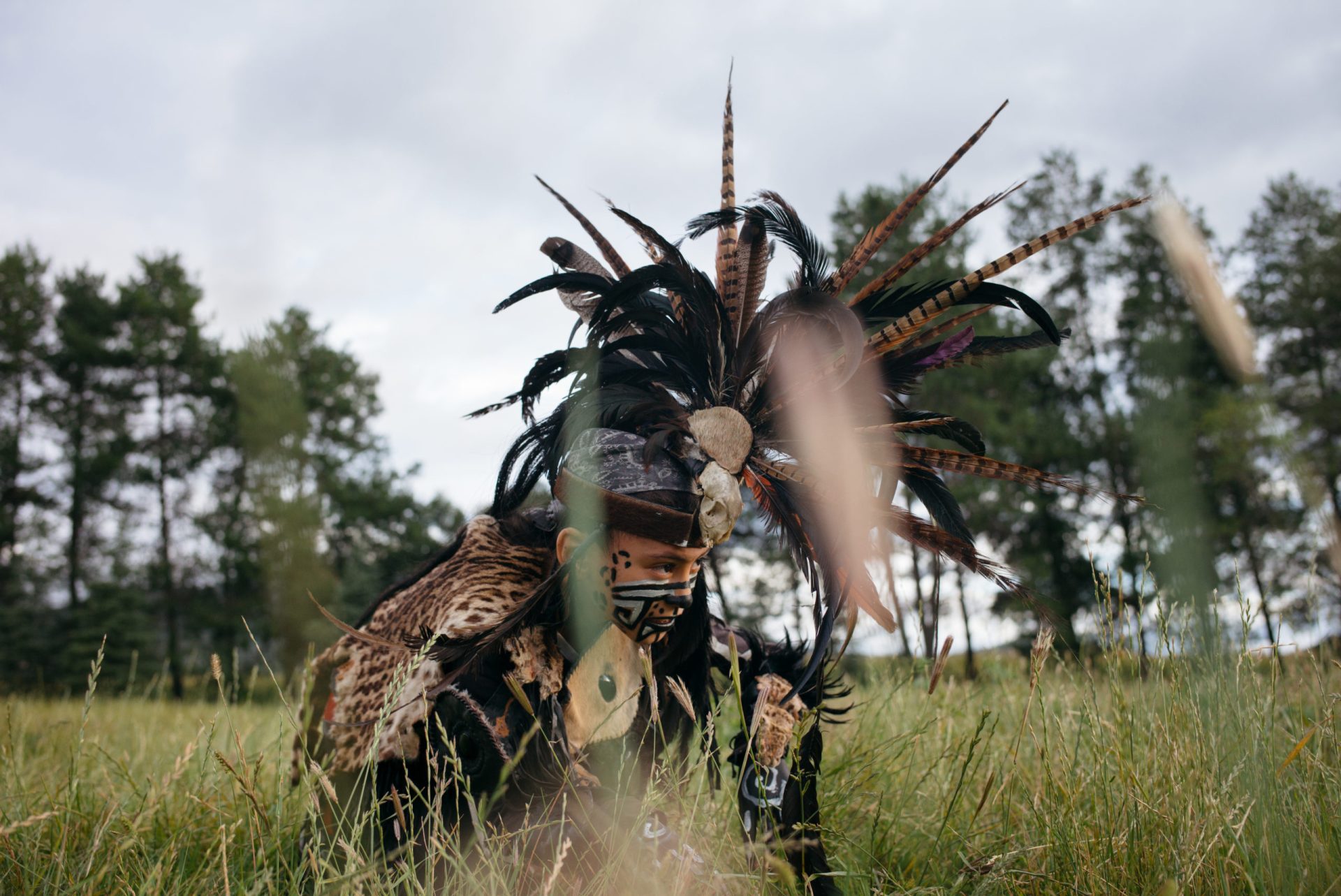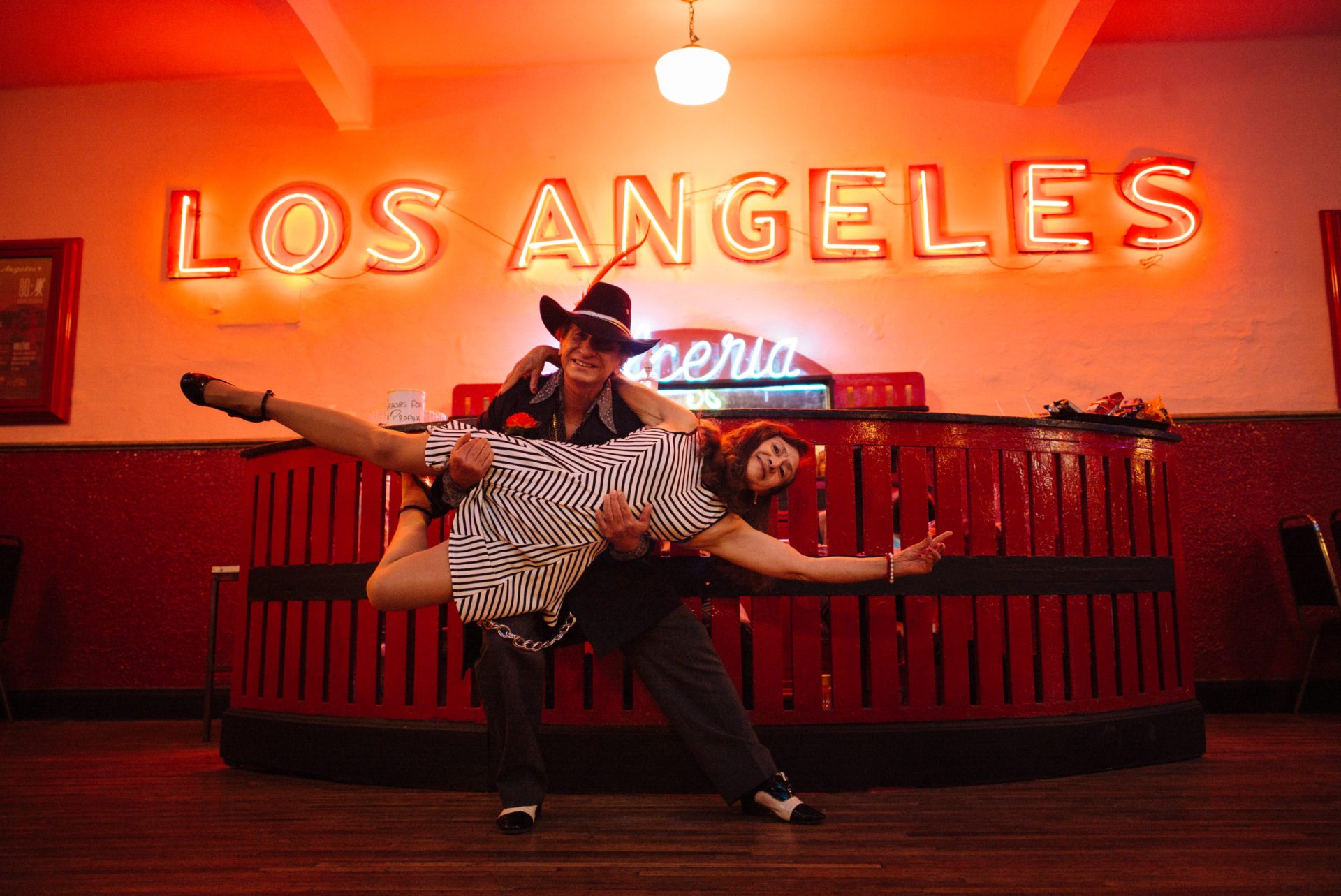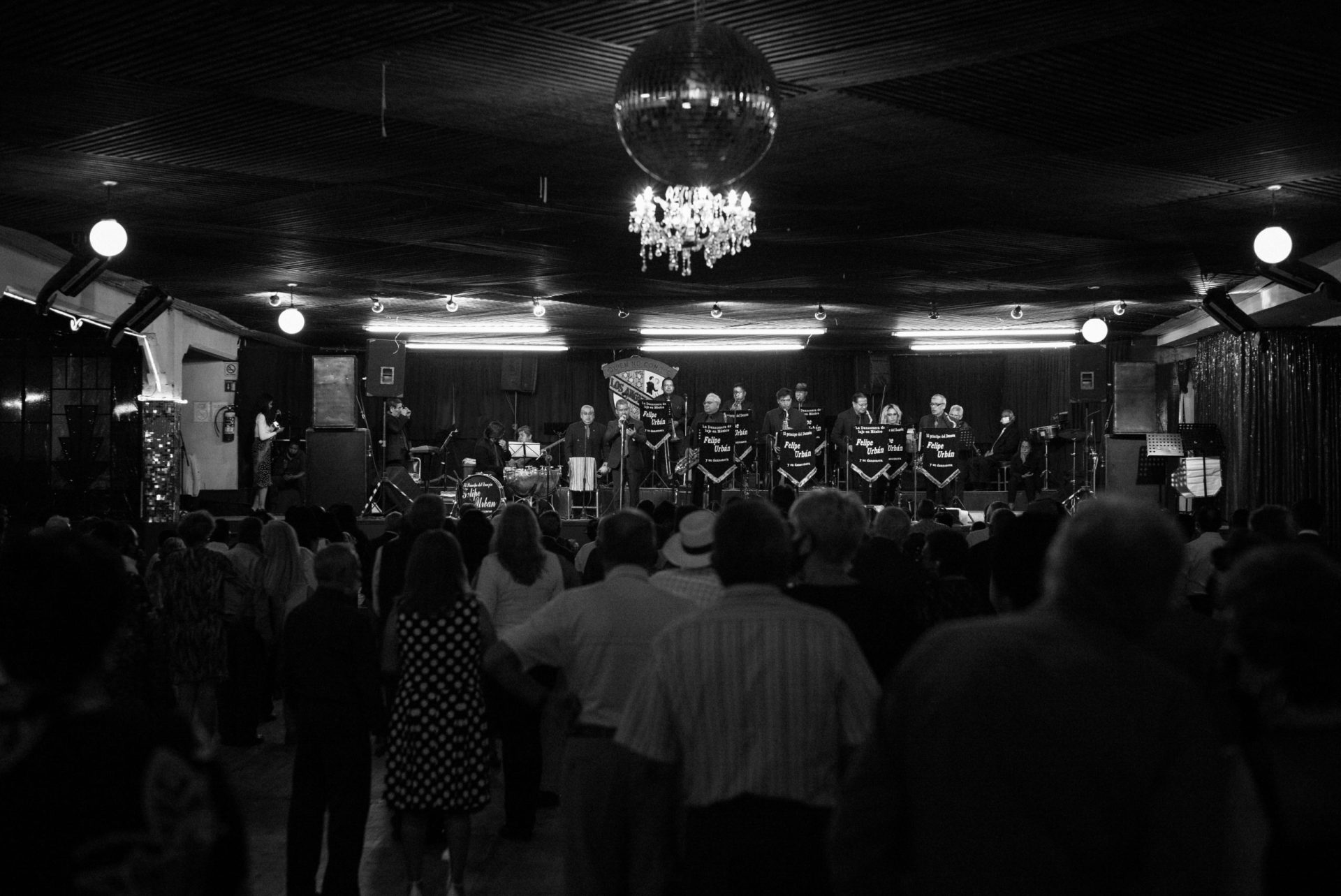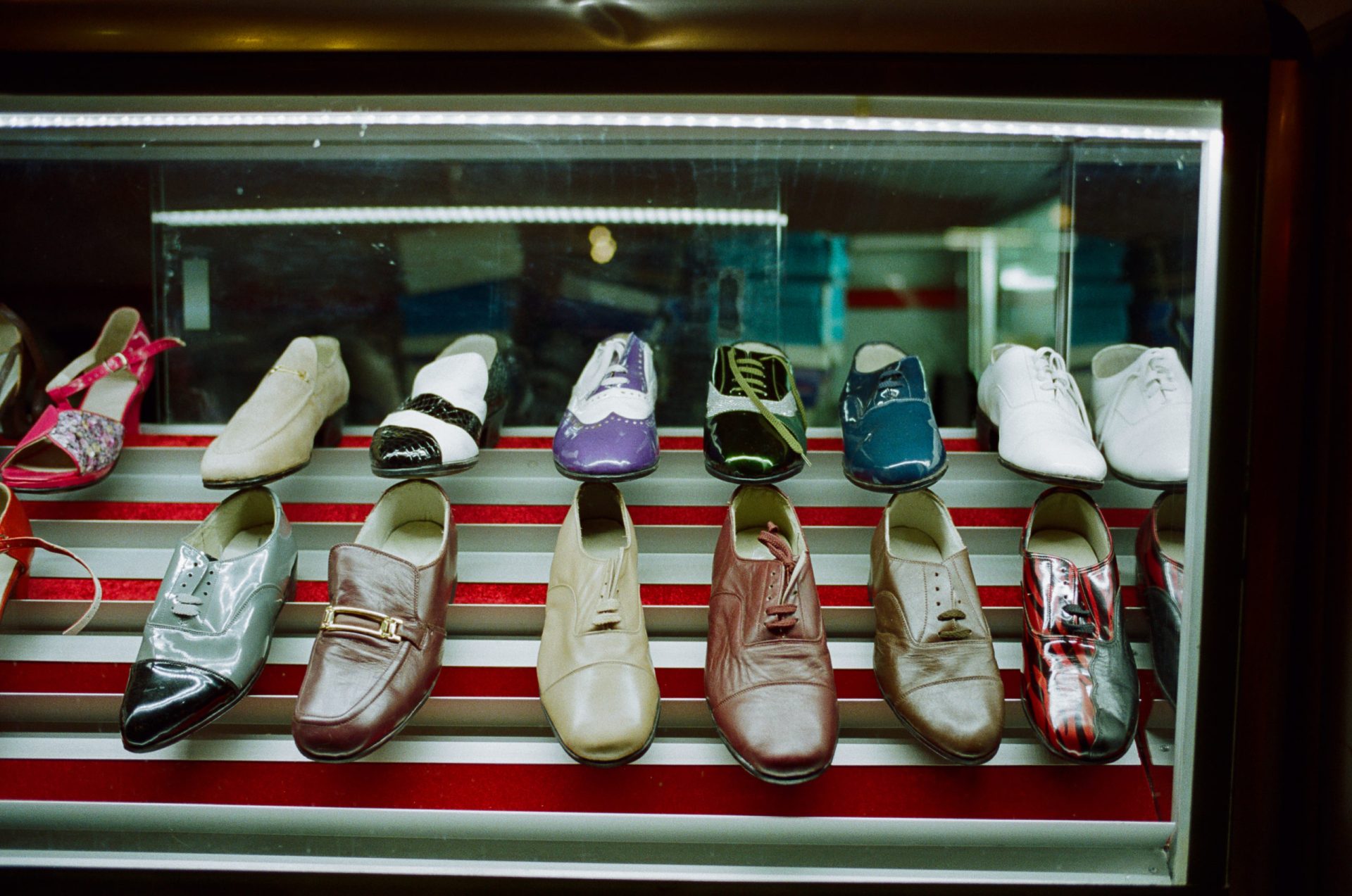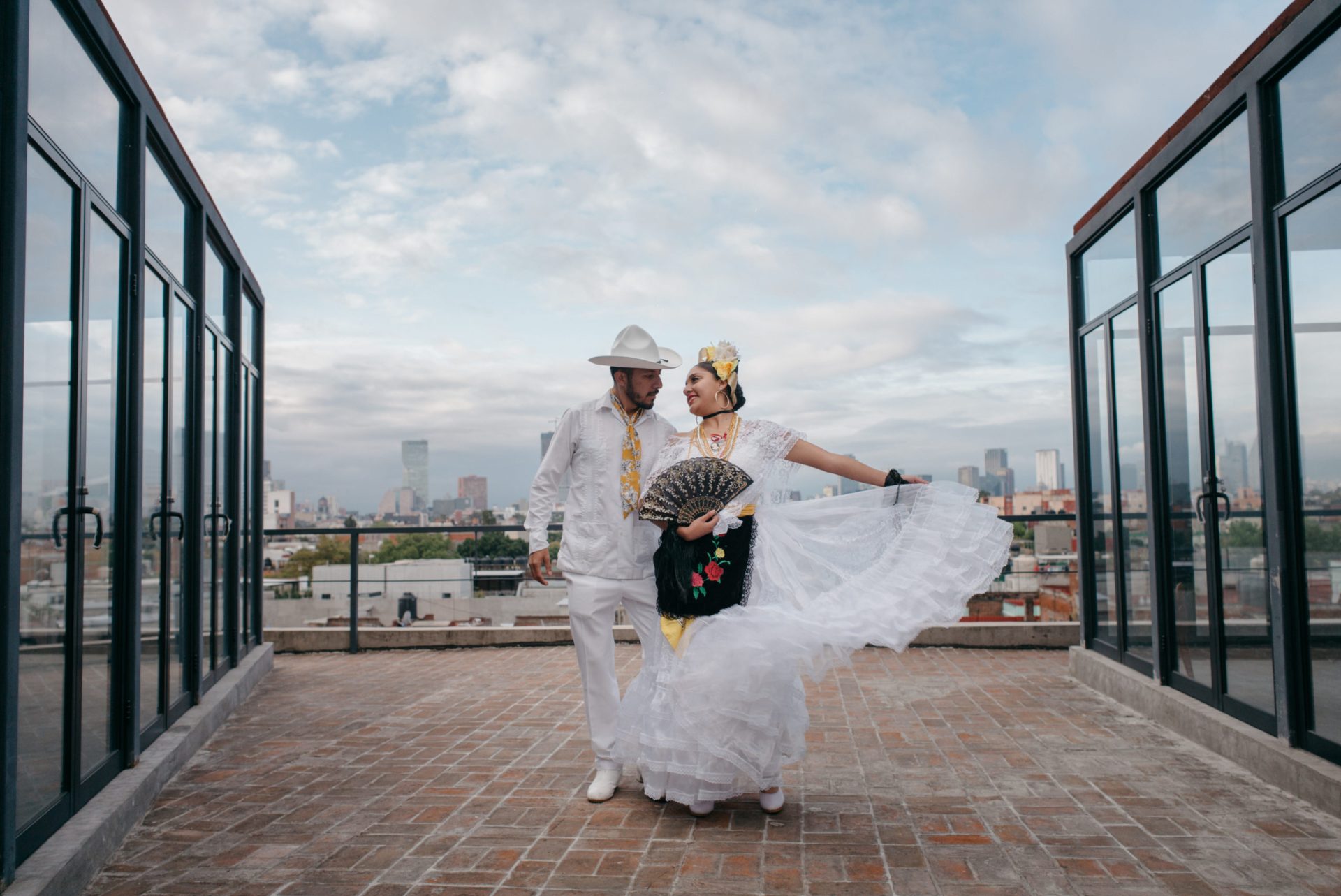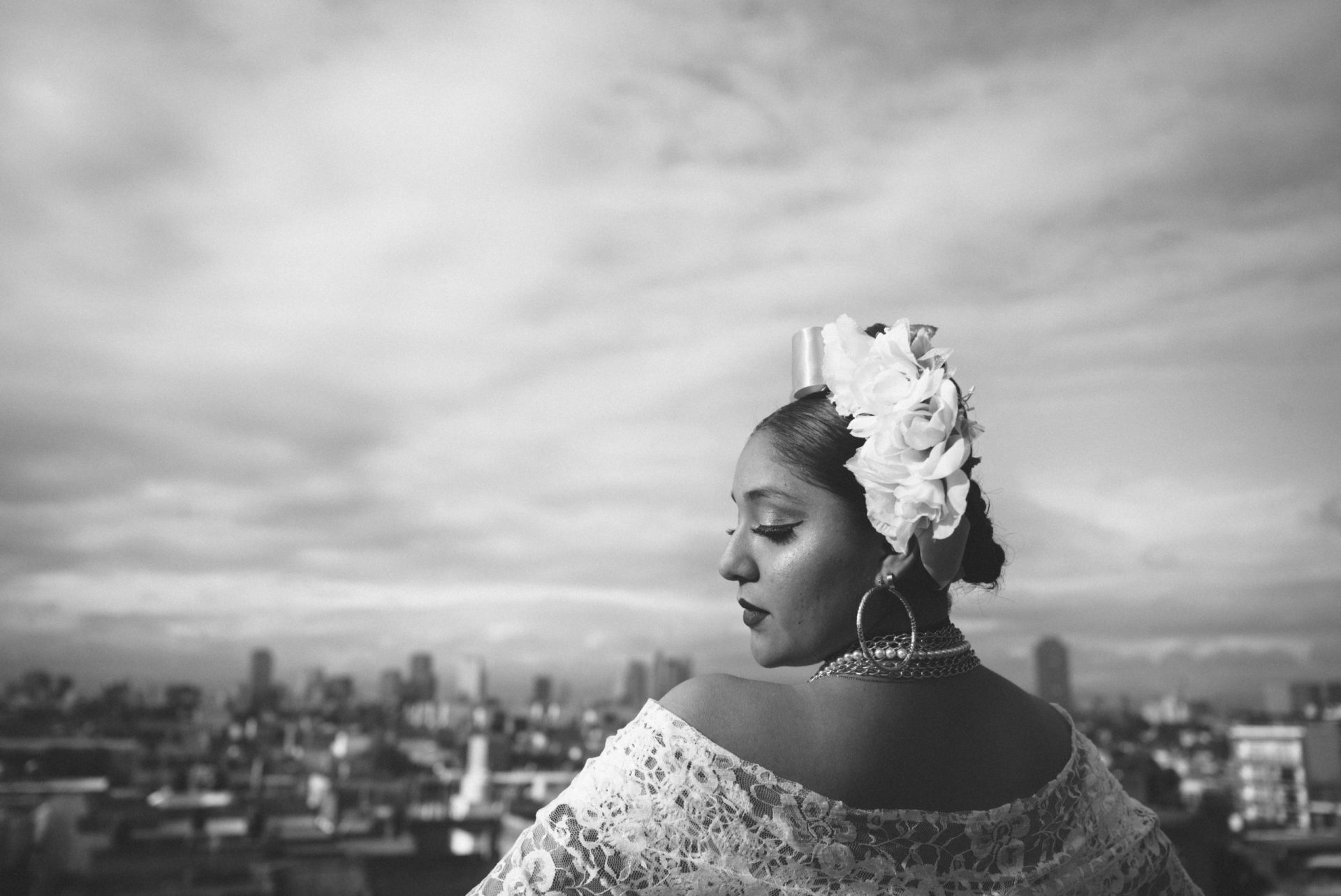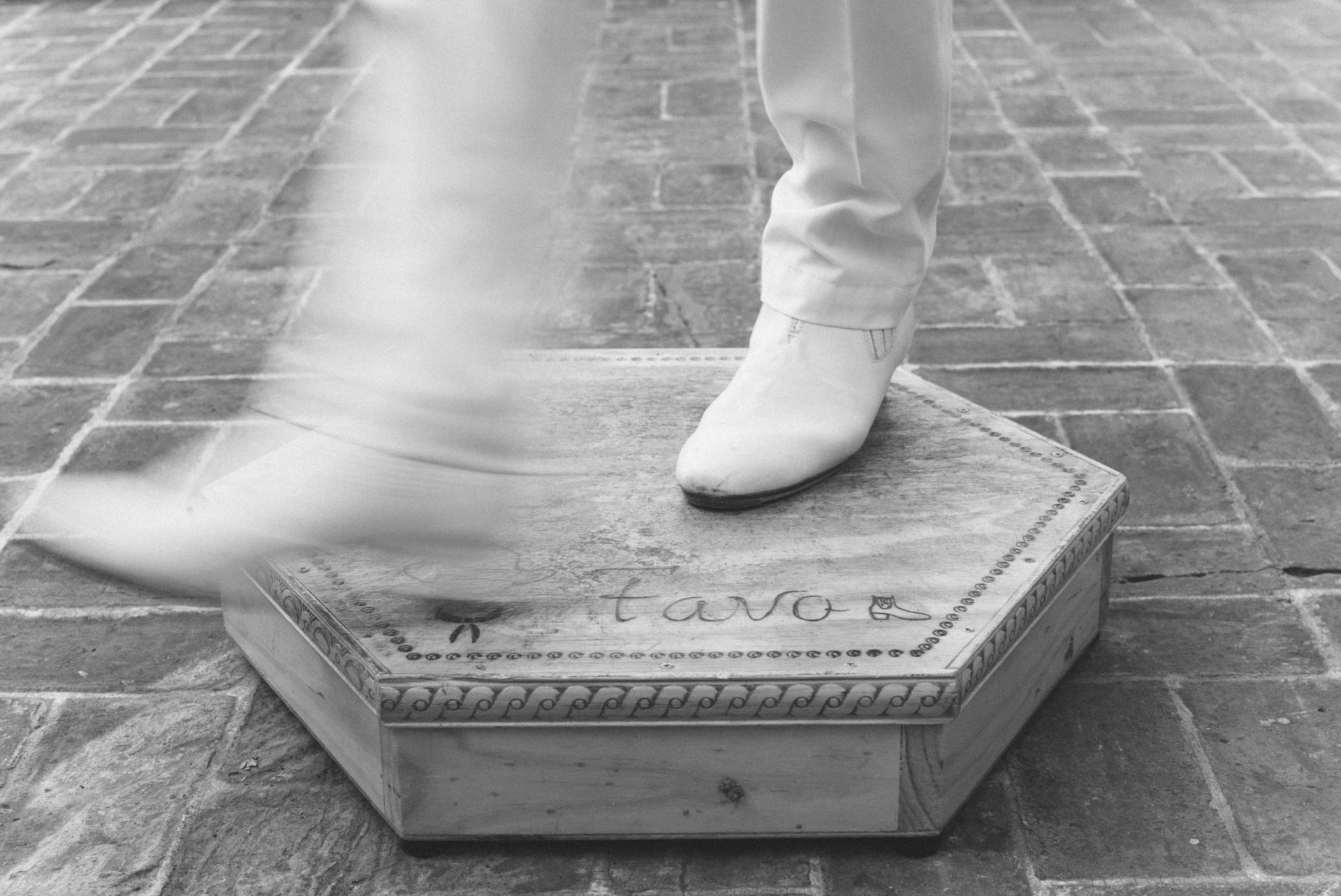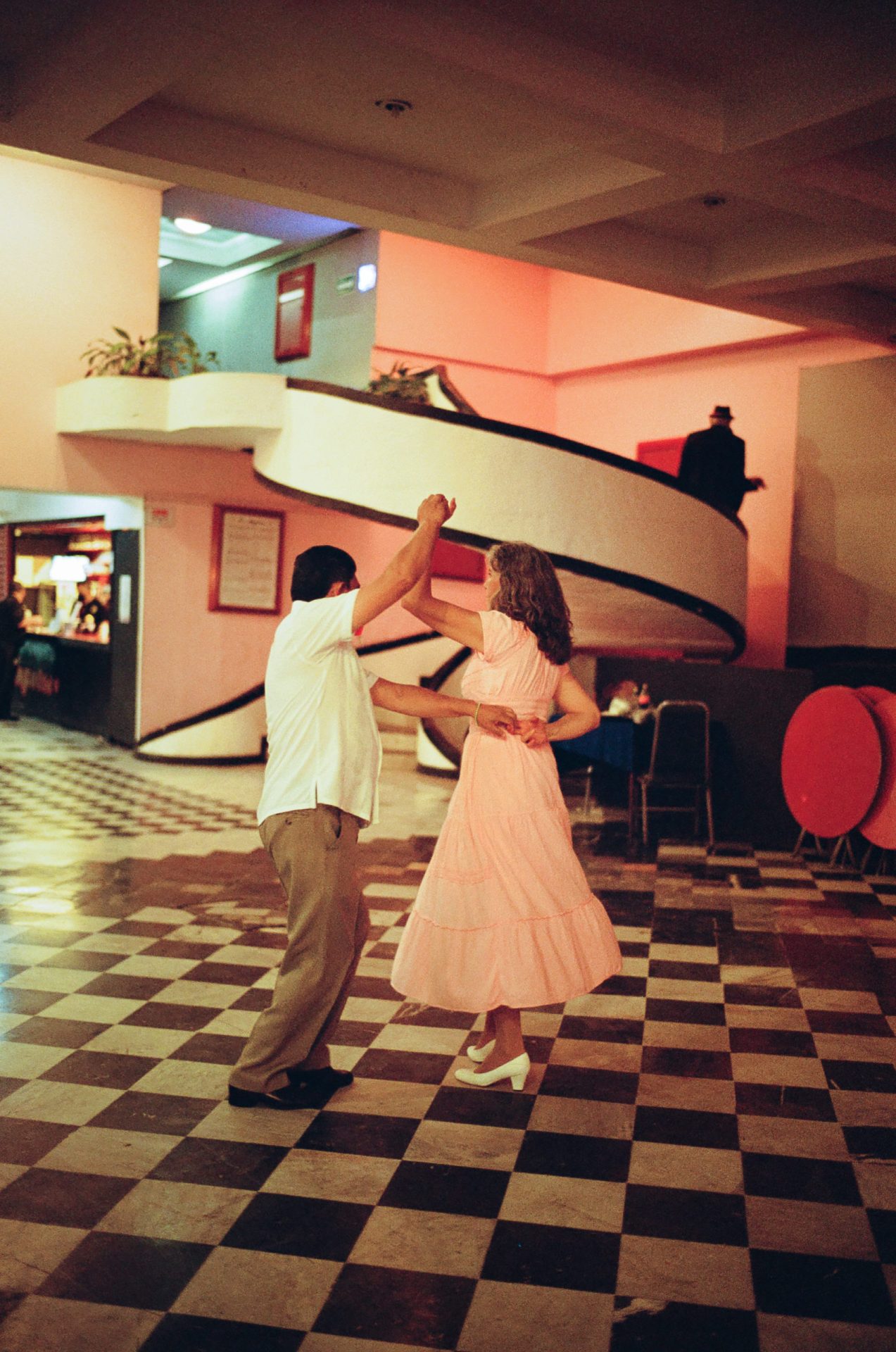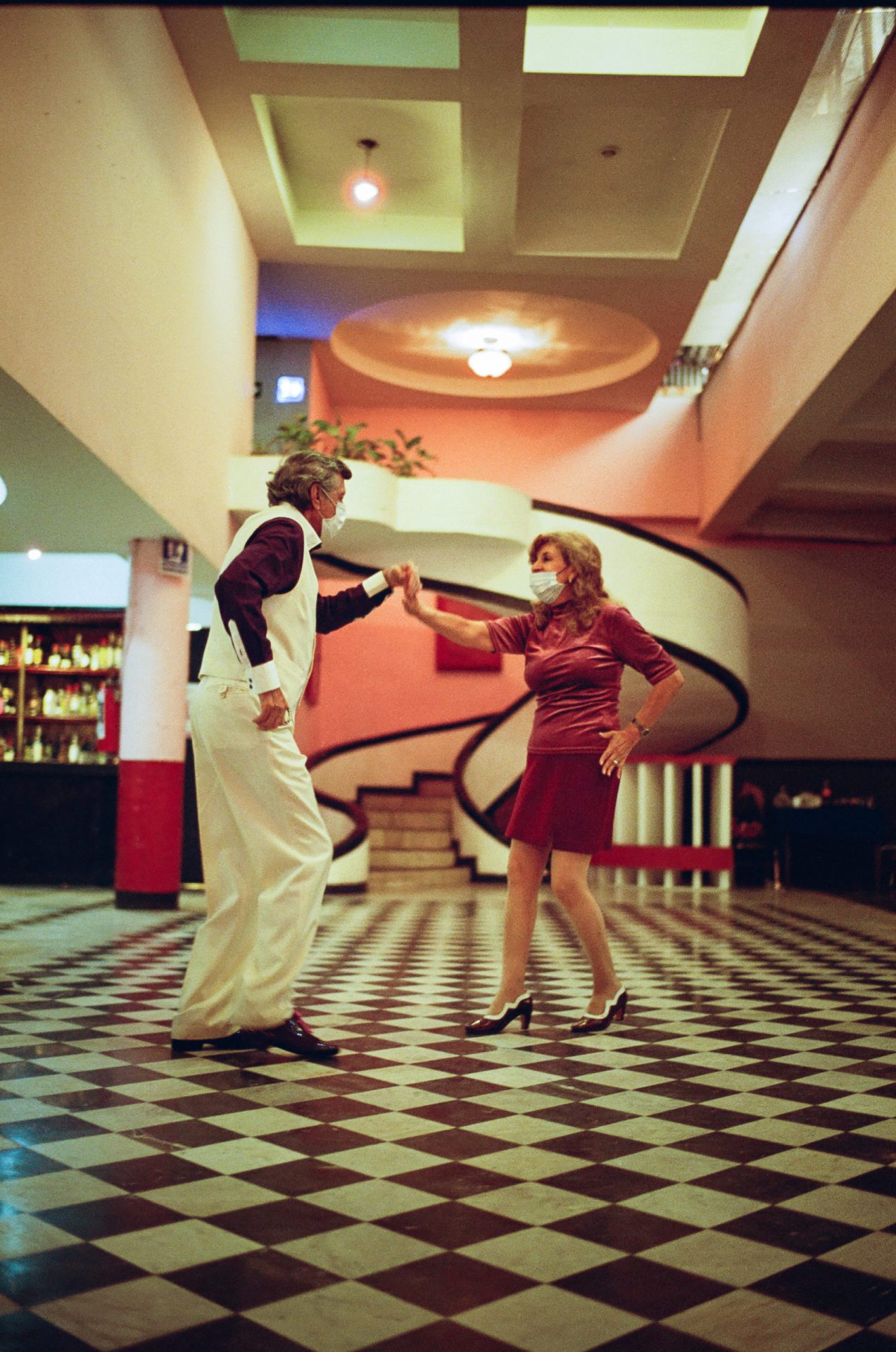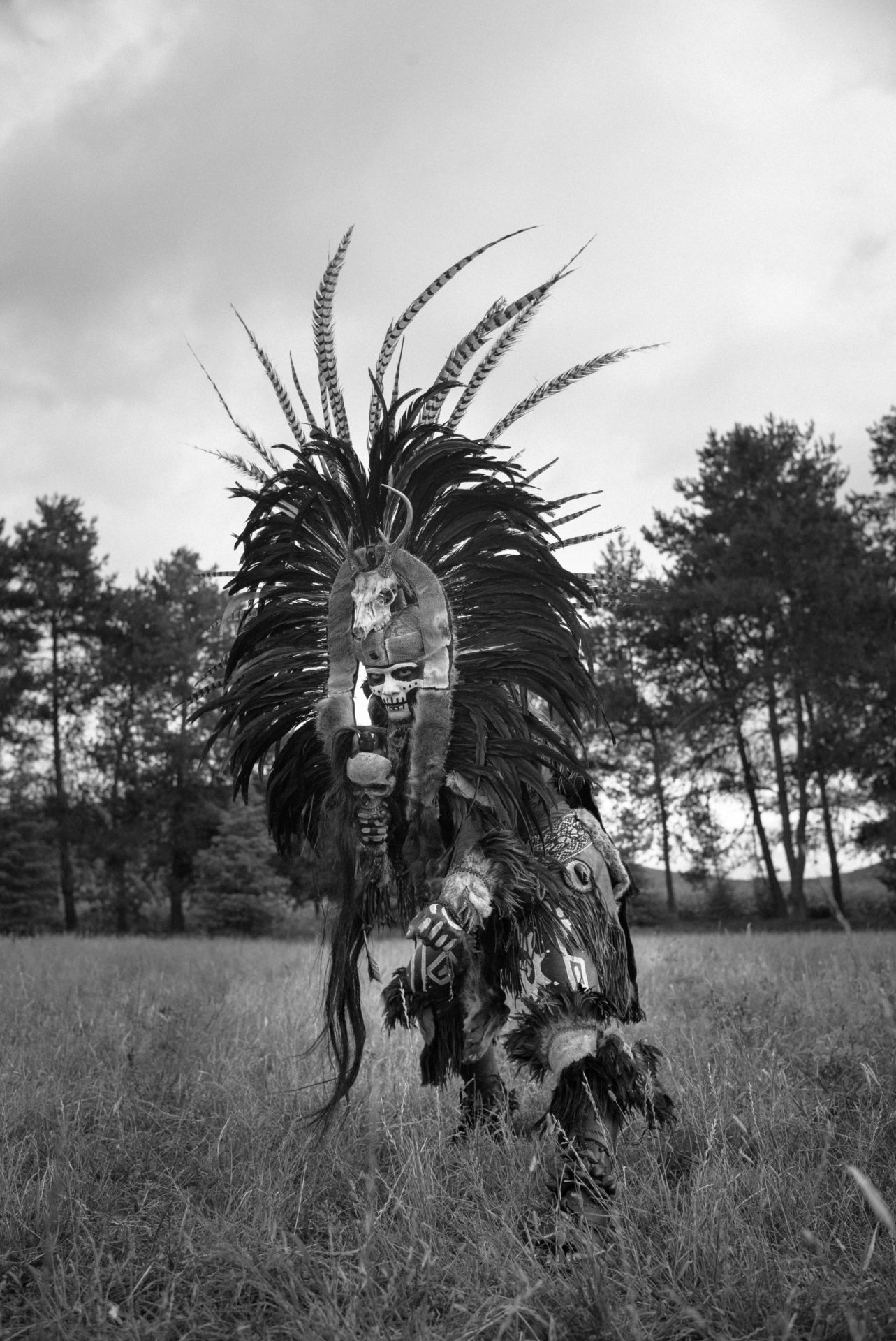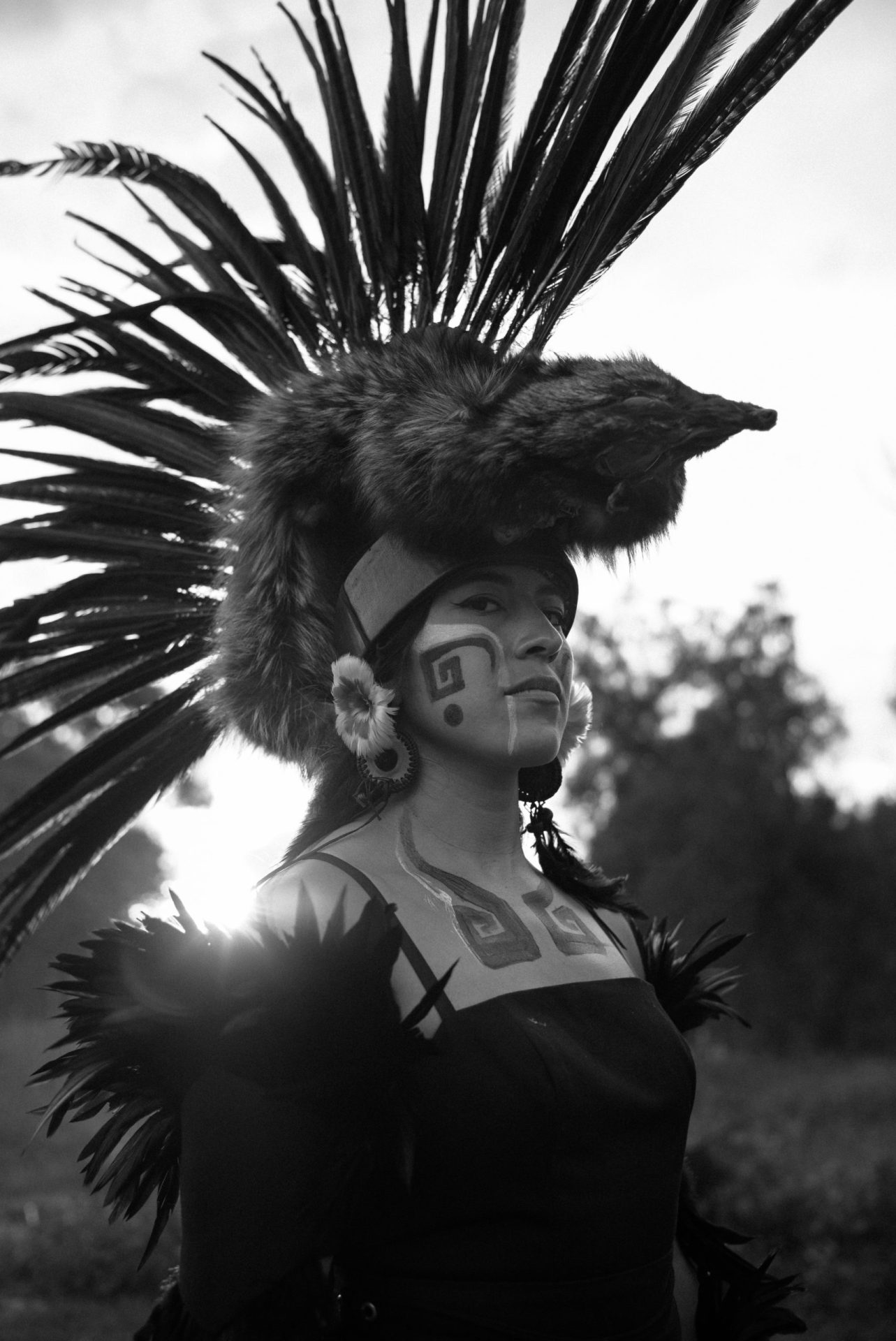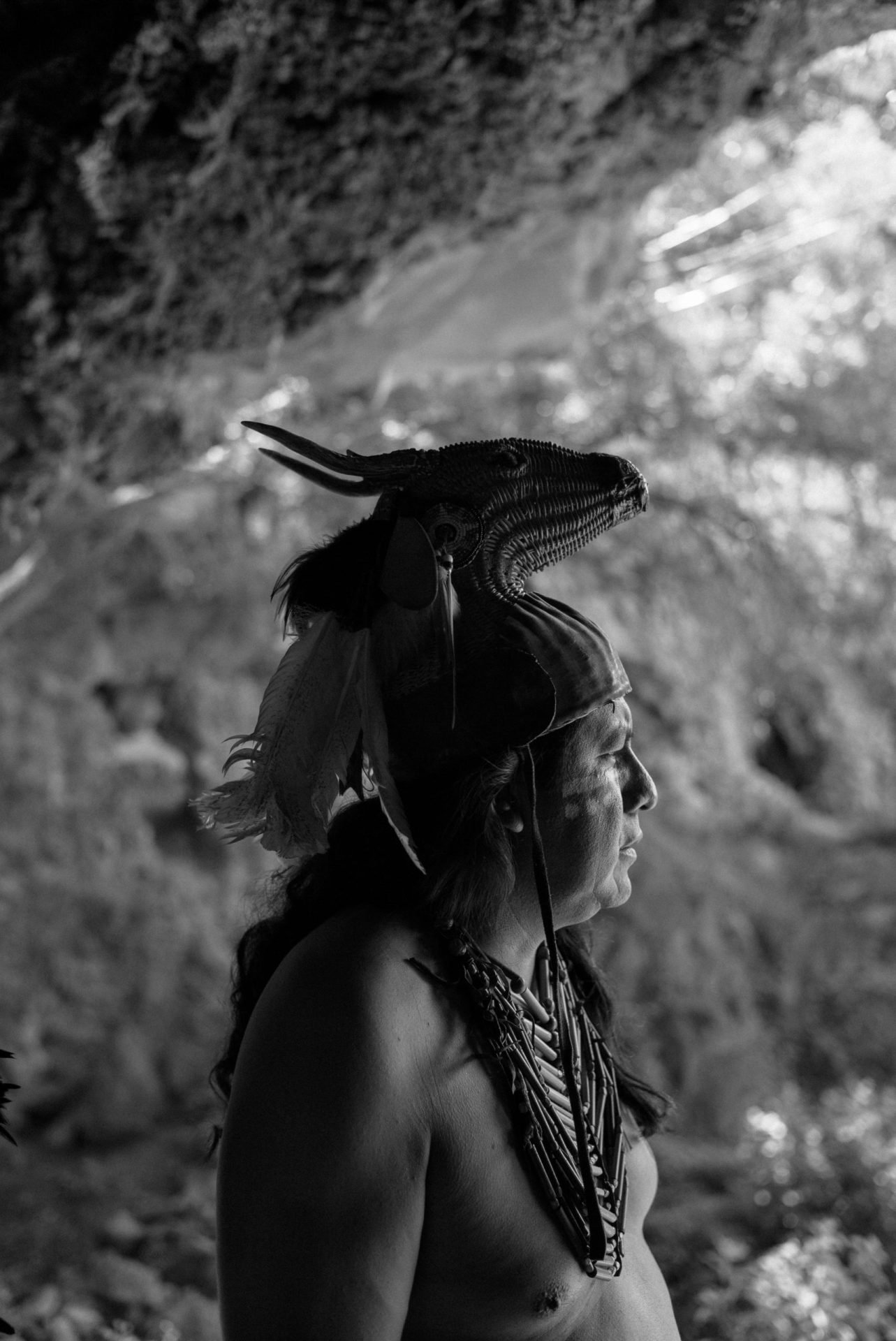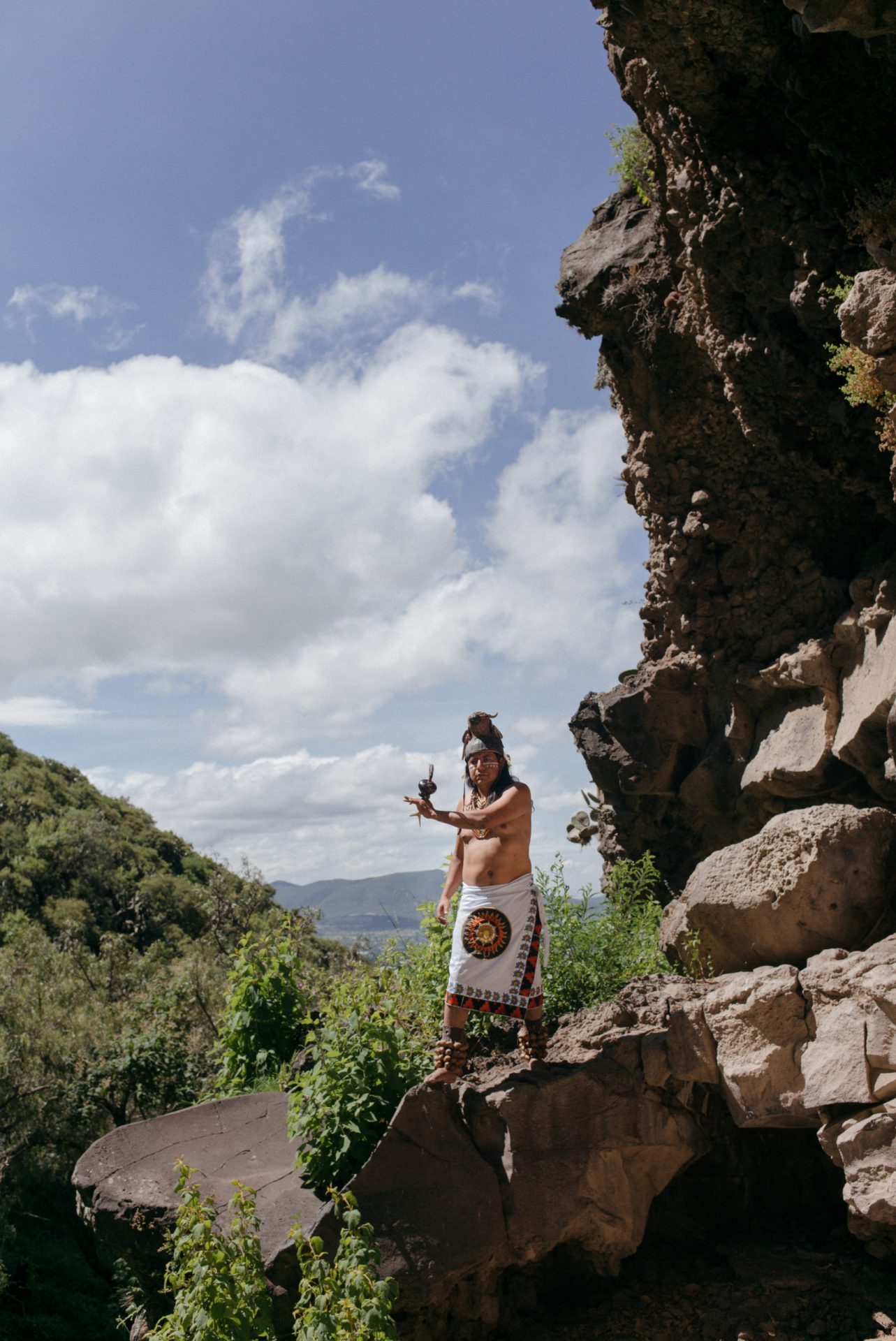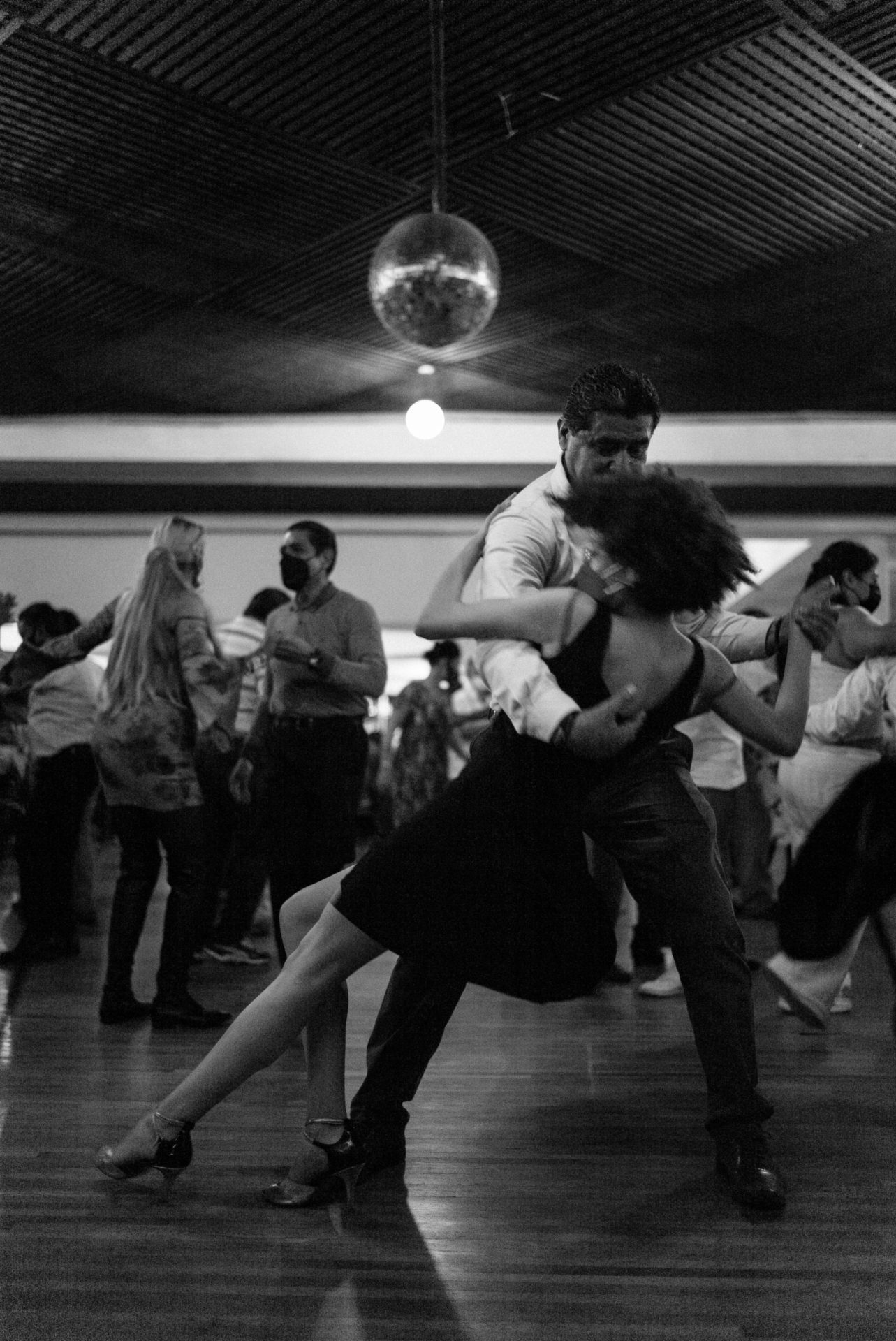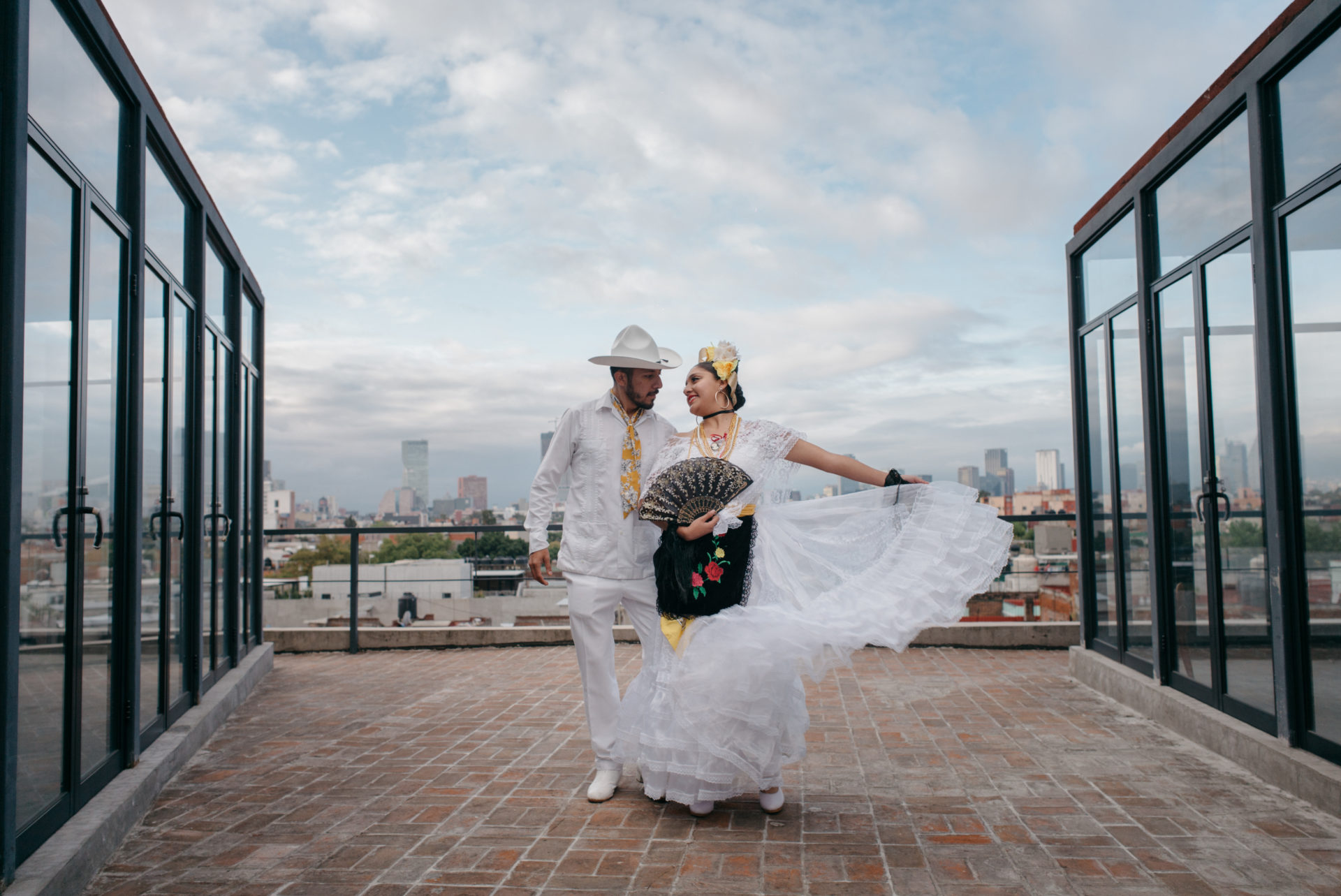
Danzón arrived in Mexico around 1890 through the regions of Yucatán and Veracruz before migrating all over the country. The style of dance became very popular in Mexico due to the influx of Cuban musicians such as Orquesta Aragón, Benny Moré, and Dámaso Pérez Prado, who became active members of their communities and shared their cultural richness with their cities at large. Since then, the dance and the subculture that surrounds it has become a deeply rooted part of Mexican life, specifically in the Port of Veracruz, where it was amplified by Cuban immigrants. Mexico City has also become a hot spot for Danzón – with the highest volume of dancers, musicians, and dancehalls than any other city.
Mambo is another Latin dance of Cuba which has taken up popularity in CDMX. Originally introduced in the 1940s when the namesake music genre was popularized throughout Latin America, the original ballroom Mambo dance which emerged in Cuba and Mexico was related to Danzón. Artists like Havana Pérez Prado moved into Mexico where Mambo music and dance were being celebrated and actively practiced. The original mambo dance was characterized by its sense of freedom and complicated step patterns, and its visual beauty led it to be an important feature of the Rumberas film movement – a Mexican film tradition from the 1940s and 1950s that showcased Afro-Caribbean musical rhythms and dancers.
Son Jarocho is a regional folk musical style that emerged from Veracruz. It is part of the colonial Caribbean musical tradition and can be tied directly to the Joropo of Venezuela, the Mejorana of Panama, and the Son Huasteco of Northeastern Mexico, among others. These musical expressions developed during the colonial period with influences from baroque music and inter-oceanic trade.
The most iconic aspect of the Son Jarocho tradition is the “tarima”, on which the dancers execute the “zapateado” with their feet. The choreography follows the structure of the music, and dancers must execute a stylized steps called “redobles” and at precise moments accented by the “pregón” – the announcement that the song and dance are about to begin.
Lastly, the Concheros dance – also known as the dance of the Chichimecas, Aztecas and Mexicas – is an important traditional dance and ceremony which has been performed in Mexico since early in the colonial period. It blends pre-Hispanic and Christian traditions through the fusion of its visual pre-Hispanic feathered regalia, indigenous dance steps, and indigenous instruments such as drums. The dance emerged shortly after the Spanish conquest of the Aztec Empire and is based on the old “mitote” dance, with modifications to include Catholic symbolism as a means of preserving the ancient ritual under colonial rule.
Uniquely marked by geographic and historical influence, ballroom and dance culture throughout Mexico City has taken on a unique life and experience. Scroll below to see more from dancers in these traditions and how they have modernized these ancient traditions.
